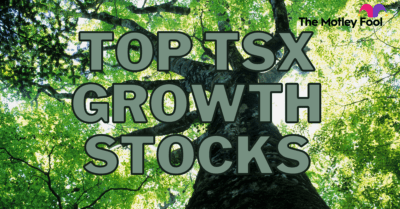Many investors have been seeing this selloff as an opportunity and have been buying into this epic market crash. While it would be against anyone’s impulse to buy amid the bear markets, that going-against-the-herd-mentality will pay off in the long term.
However, one should be very careful while picking stocks, as almost everything is discounted, and only a few of them will produce value. Here, I will cover a stock that was notably hammered recently but will most likely recover faster than the broader markets.
CCL Industries (TSX:CCL.B) is a $7 billion company that operates in packaging and label-making business. It manufactures labels, containers, consumer printable media products, and offers inventory management, and loss prevention solutions.
A boring but unique business model
CCL chases high-growth areas such as radio-frequency identification (RFID) labels and other innovative packaging solutions. It generates 39% of its sales from the U.S., while 32% comes from Europe.
It’s not just a geographical diversification, and its diverse product portfolio gives it a much-needed earnings stability. CCL’s market share and a large scale place it well ahead in the competition.
The company keeps escalating its business by simply buying out its competitors. To put that in perspective, CCL acquired 11 peer companies since January 1, 2018.
While the pandemic has crippled the global supply chain, expect CCL’s bottom line to take a serious hit. The same has concerned investors, which is why the stock has halved in value since last month. Additionally, the stock could continue to trade poorly in the short term as lockdowns continue.
Notably, the stock has recently fallen to almost its five-year low levels, which could be a good entry point for long-term investors.
Valuation and dividends
While top TSX stock CCL had explosive growth till 2017, it slowed down a bit after that. The recent coronavirus crash has made the stock look attractive in terms of valuation. It is trading 14 times its forward earnings, a large discount compared to its average historical valuation.
CCL has been paying dividends consistently for the last 15 consecutive years. It yields 1.8% and is expected to pay around $0.72 per share this year. What’s striking here is CCL’s dividend growth.
In the last five years, the company managed to increase its dividends by a solid 25% compounded annually. Notably, CCL Industries continued to increase dividends even during the 2008 financial crisis.
If one had invested $10,000 in the TSX stock CCL a decade ago, he or she would have accumulated $145,000 today with dividends reinvested.
One key risk investors would have here with CCL is its cyclical nature of business. A probable recession could put downward pressure on its earnings, pushing the stock in a tailspin. However, faster recovery from the coronavirus pandemic might open new peaks for the stock.
CCL’s fair dividend profile and solid growth potential make it an attractive investment proposition for long term investors.
It would be an apt pick for Tax-Free Savings Account (TFSA) investors, as capital gain as well as dividends will tax-free throughout the life of the investment and even at withdrawal.









